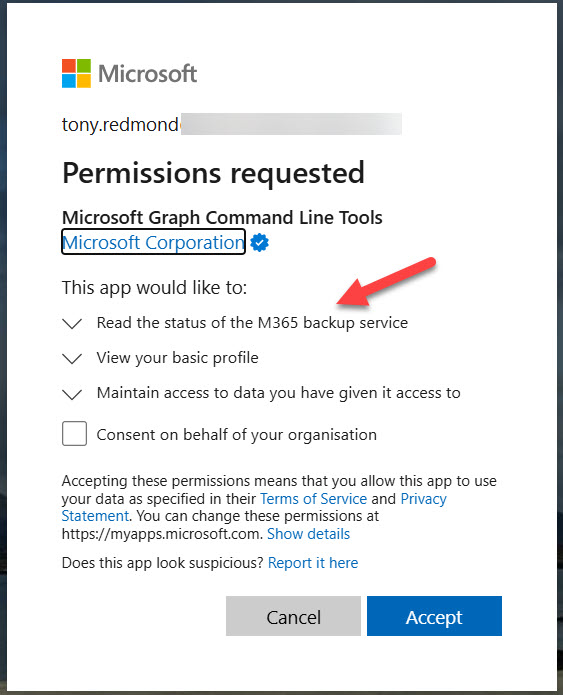Table of Contents
Admin Settings API to Control Usage Reports Data Gets an Update
If you don’t follow the sometimes-anarchic world of the Microsoft Graph, message center notification MC859853 (13 August 2024) might have passed you by without comment. However, given the importance of reporting usage data to understand the activity level within tenants, this is a significant change.
The option to anonymize user information like display names in usage reports generated from the Microsoft Graph has existed since 2020. The control for the option is under Reports in the Org Settings section of the Microsoft 365 admin center and its purpose is to protect the privacy of users. The control affects all access to usage data via the Graph, including reports generated using PowerShell, such as the Teams and Groups Activity Report. In fact, if you choose to obfuscate user data, reports lose much of their value and can make it impossible to derive comparisons between different forms of usage data. For instance, the script to analyze use of different Microsoft 365 workloads by individual accounts to determine who could best use Copilot for Microsoft 365 licenses depends on being able to match user principal names.
Programmatic Access to Set the Privacy Control for Usage Reports Data
It’s useful for programs and scripts to be able to turn the privacy control off to fetch usage data and back on again when finished. Until now, programmatic access to control the privacy setting for usage reports existed in the beta adminReportSettings Graph API. What’s changed is that the API is now generally available and therefore available through the V1.0 Graph endpoint. In the past, a script might have done something like this to check if the privacy setting was on or off:
$Uri = "https://graph.microsoft.com/beta/admin/reportSettings"
$Data = Invoke-MgGraphRequest -Method Get -Uri $Uri
Write-Host ("The current report privacy setting is {0}" -f $Data.displayConcealedNames)
The current report privacy setting is False
Now that the API is generally available and fully supported, the URI is https://graph.microsoft.com/V1.0/admin/reportSettings. For instance, to update the privacy setting to set it on, you’d do:
$Uri = "https://graph.microsoft.com/V1.0/admin/reportSettings"
$Settings = @{}
$Settings.Add("displayConcealedNames","true")
Invoke-MgGraphRequest -Uri $Uri -Method Patch -Body $Settings
The Microsoft Graph PowerShell SDK has just had a refresh to V2.22 but the SDK cmdlets haven’t yet caught up with the change and remain using the beta endpoint. This means that you should use Get-MgBetaAdminReportSetting to fetch values and Update-MgBetaAdminReportSetting to switch the control from on to off or vice versa.
To update the privacy control, the signed-in account must hold the global administrator role and the app used must have consent for the ReportSettings.Read.All permission.
Backup Restore Module in V2.22 of the Microsoft Graph PowerShell SDK
One of the notable things about V2.22 of the Microsoft Graph PowerShell SDK is the appearance of a new beta module for Microsoft 365 Backup (backup and restore operations). To list the commands in the module, run Get-Command:
Get-Command -Module Microsoft.graph.beta.backuprestore
Use of the cmdlets requires consent for the BackupRestore-Control.Read.All permission (Figure 1).

Despite having the permission and an active Microsoft 365 Backup schedule in place for SharePoint Online, OneDrive for Business, and Exchange Online, all attempts to use the cmdlets met with an internal error. Oh well, Microsoft 365 backup is only just generally available, and this is a beta module. Things are expected to go wrong. It’s just another opportunity for improvement within the Microsoft 365 ecosystem.
Graph Keeps On Growing
Being able to control usage report data privacy and Microsoft 365 Backup through Graph APIs are two examples of how people might not have considered using the Graph to automate common administrative scenarios. It’s proof of the growing influence of the Graph, and underlines why Microsoft 365 tenant administrators need to become Graph literate.
Stay updated with developments across the Microsoft 365 ecosystem by subscribing to the Office 365 for IT Pros eBook. We do the research to make sure that our readers understand the technology.